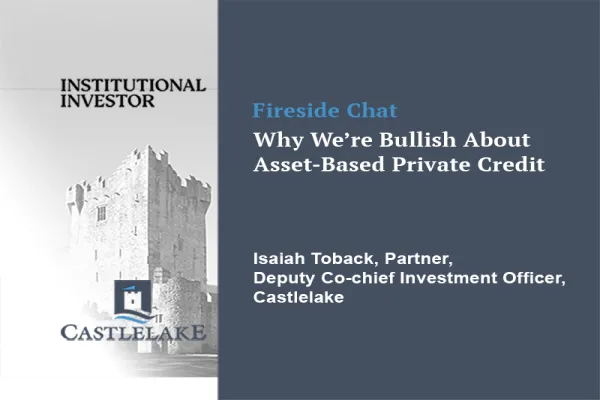After designing Boston Children’s investment portfolio from the ground up as its first chief investment officer, Philip Rotner remains confident that his retooling of the pediatric center’s portfolio has positioned it well for the current climate.
“It's a volatile period with a lot of uncertainty, and uncertainty means risk,” Rotner told Institutional Investor. “But we’ve always faced risk. It may be heightened now, but it’s always there.”
When Rotner left MIT to join Boston Children’s over 15 years ago, the Allocators’ Choice Awards finalist designed a new allocation model that categorizes investments not by asset class but by risk profile. The pediatric center’s eight-person investment team assesses the risks and return potential for each investment, then decides where it fits within the nearly $8 billion portfolio. The goal is to understand the risk behind every investment and get appropriately paid for it.
“We have these four strategies in which every asset can fit,” Rotner told II: market, income, enhanced, and diversified. “Within those strategies we have a lot of latitude, so the world is our oyster.”
Rotner added that this model has provided the portfolio with enough liquidity and flexibility “during some really questionable times,” noting that the hospital is one of the largest recipients of federal grant money (Boston Children’s received $230 million in National Institutes of Health funding in 2024).
While the team takes a long-term approach to investing, Rotner admitted that it is easier said than done. “The big thing that people forget is that it’s hard to stay focused on the long-term portfolio when we’re sitting on this volatility today,” he said. So he created a short-term capital pool to accommodate the hospital’s two-and-a-half-year cashflow needs.
“It creates a hedge,” Rotner said, adding that the short-term liquidity portfolio returned a net 6.5 percent “and didn’t pay anybody a fee,” since most of it is in treasuries.
In adding private equity to the portfolio when he joined the organization, Rotner built a pacing model based on his learnings over his years of investing in the private markets, which guides how much capital to commit over what timeline to help manage liquidity (about 25 percent of the portfolio is private assets).
“We stuck to the discipline of the pacing model so some of our friends have found themselves over their skis from a liquidity point of view, but we have not,” he said. And with its managers providing more liquidity than the industry average, Rotner and his team have had “the flexibility to invest from a position of strength.”
Despite market turbulence and the looming threat of lost federal funding, Rotner is counting on this risk-focused approach to keep Boston Children’s portfolio resilient. “We have to support our mission,” he said. “We’re not an investment firm attached to a hospital; we’re a hospital with an investment arm.”






